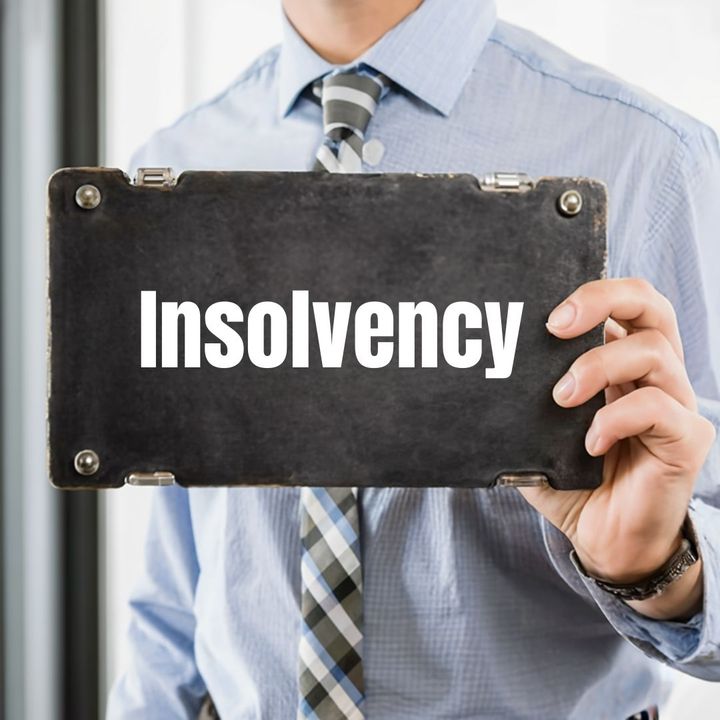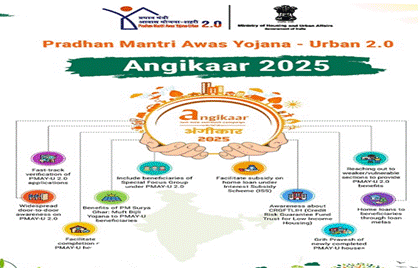Real estate companies undergoing reverse insolvency are encountering hurdles in securing bridge funding due to ambiguity surrounding the applicability of rules. The absence of clear guidelines on how bridge funding will be treated under reverse insolvency has deterred potential creditors from providing financial support, leading to challenges in sustaining real estate projects.
Challenges in Bridge Funding: Unlike traditional insolvency proceedings, where creditors providing bridge funding receive priority in terms of dues, the treatment of such funding in reverse insolvency remains unclear. This lack of clarity has created reluctance among potential creditors, as bridge capital is typically considered senior to other existing debts in insolvency cases.
Case Studies: Instances of bridge funding challenges have emerged in ongoing real estate insolvency cases, such as the proceedings involving Supertech and Umang Realtech. The uncertainty surrounding the treatment of bridge funding in these cases underscores the need for regulatory clarity to address similar challenges in future insolvency cases.
Legislative Ambiguity: While the Insolvency and Bankruptcy Code (IBC) outlines provisions for interim finance in traditional insolvency proceedings, there is no specific framework for reverse insolvency in India. The absence of legal precedents or legislative clarity regarding the treatment of bridge funding complicates the resolution process for distressed real estate projects.
Industry Perspectives: Legal experts emphasize the necessity of legislative or judicial precedents to clarify the treatment of bridge funding in reverse insolvency cases. Until specific rules are enacted, investors seek contractual agreements with resolution professionals or promoters to secure priority status for bridge funding.
Government Initiatives: In 2022, the central government proposed amendments to the IBC to introduce a specialized framework for reverse insolvency in the real estate sector. However, the finalization of rules pertaining to reverse insolvency is pending, leaving the industry to navigate these challenges based on guidance from the National Company Law Tribunal (NCLT).
Conclusion: The lack of clarity on bridge funding exacerbates the complexities of real estate insolvency proceedings, hindering the ability of distressed projects to raise necessary capital for sustenance. As stakeholders await regulatory clarity, the alignment of reverse insolvency and bridge funding with the principles of the insolvency code remains a pressing concern for the industry.




